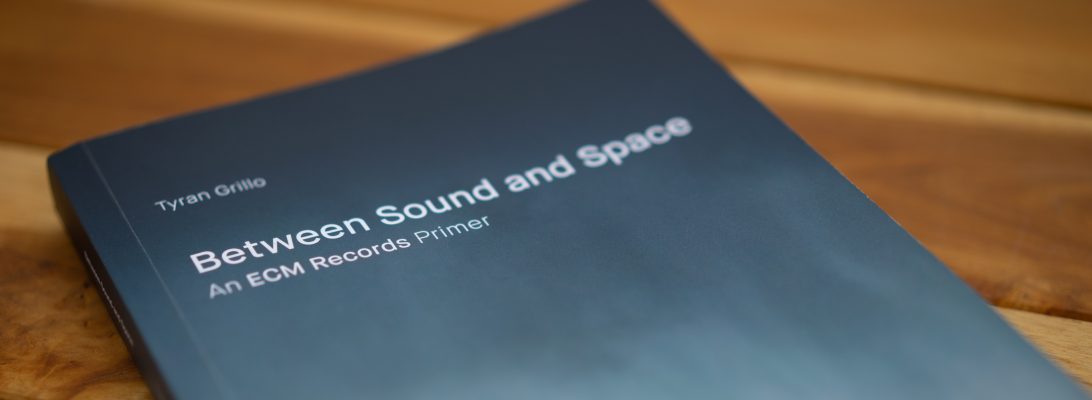Michael Mantler
Hide and Seek
Robert Wyatt voice
Susi Hyldgaard voice, accordion
Roger Jannotta flute, oboe, clarinets
Michael Mantler trumpets
Martin Cholewa French horn
Vincent Nilsson trombone
Bjarne Roupé guitars
Tineke Noordhoek vibraphone, marimba
Per Salo piano
Marianne Sørensen violins
Mette Winther violas
Helle Sørensen cellos
Recorded and mixed February-Septemer 2000 at Danish Radio Studios, Copenhagen
Engineer: Lars Palsig
Vocals recorded April 2000 at Gallery Studios, London
Engineer: Jamie Johnson
Electronic percussion programmed by Michael Mantler, sounds realized at Subzonique
Produced by Michael Mantler
Michael Mantler is a force: not to be reckoned with, per se, but of reckoning itself. He is an artist of voices, one who, as the title of this operatic jewel attests, seeks them out from hiding. One of those, Robert Wyatt (long since found), is a singer with whom this album furthers a 25-year collaboration. Another is Susi Hyldgaard (also an accomplished accordionist), who first rose from within the Mantler fold in his masterwork The School of Understanding. Accompanying them is an expanded version of the composer’s loosely termed Chamber Music and Songs Ensemble, which opens its wings to include, on winds, Roger Jannotta (of Tom van der Geld’s elusive Children At Play) and Danish pianist Per Salo. Also (omni)present is Bjarne Roupé, a guitarist who has become an integral player in Mantler’s soundings. The most vital instrument of all, however, is the text by Paul Auster, an author on Mantler’s mind for years and whose eponymous short play lends itself starkly to the composer’s unmistakable brand of telepathy. The result is no mere setting, as Mantler takes his scissors (with the author’s approval) to its language with surgical care.
Holograms are constructed in such a way that if you cut them into pieces, each retains the entire image on a smaller scale. Such is the dynamic of Hide and Seek’s seventeen miniatures. Not one is fragmentary but rather contains elements of the whole. The purely instrumental “Unsaid” dots the program in six parts, the first of which opens. In them one encounters swarms of commentary, some more modest than others, around the guitar’s queen bee. In them are the agitations into which the play’s two characters are so reluctant to give. The balance is meticulous. It allows Wyatt and Hyldgaard to dance in their circles of comfort, breaking even in their seesawing between resignation and martyrdom even as the strings paint cracks in the glass above. Unsaid, yes, but not un-voiced.
“What did you say?”
These words introduce us to a drama of elliptical conversational elements. They cradle in their hands steaming plates of indecision, miscommunication, and vulnerability, which take the piece’s full duration to consume. Voices get caught up in their own vices, and in that process also take advantage of a few loopholes. Statements become facing mirrors lost in a mise-en-abyme of their own making. In their net the accordion occupies stage center, emotes without semantic limitations, while Mantler’s trumpet drips with guidance.
“What do you see?”
“Absolutely nothing”
Question and answer. Cloud and rain. Strings and footsteps. These comprise the core of Hide and Seek, their refrain a powerful marker of identity, or lack thereof, in which all traction is gilded, amplified. The tangled web of “What can we do?” features Mantler’s electronically programmed drums in a whirl of self-realization. It also poses the album’s most pertinent question, for which it has no answer but the melody of its asking.
“It all has to end sometime”
Closure by conjuring. An impending doom, so dark it is beautiful. In its shadows Wyatt and Hyldgaard make an emotionally foiled pair, especially in the final leg. They braid acceptance, parrying and thrusting their way toward the simple resolution of “I’m glad you’re glad.”
All of which culminates in two of Mantler’s most perfect shapes. The circling electric guitar of “Do you think we’ll ever find it?” marks a standout denouement, while “It makes no difference to me” sets speech atop a fulcrum of rocking strings. A return to the game, the accordion’s song passes through the door and on to the next chapter, as yet unwritten.


